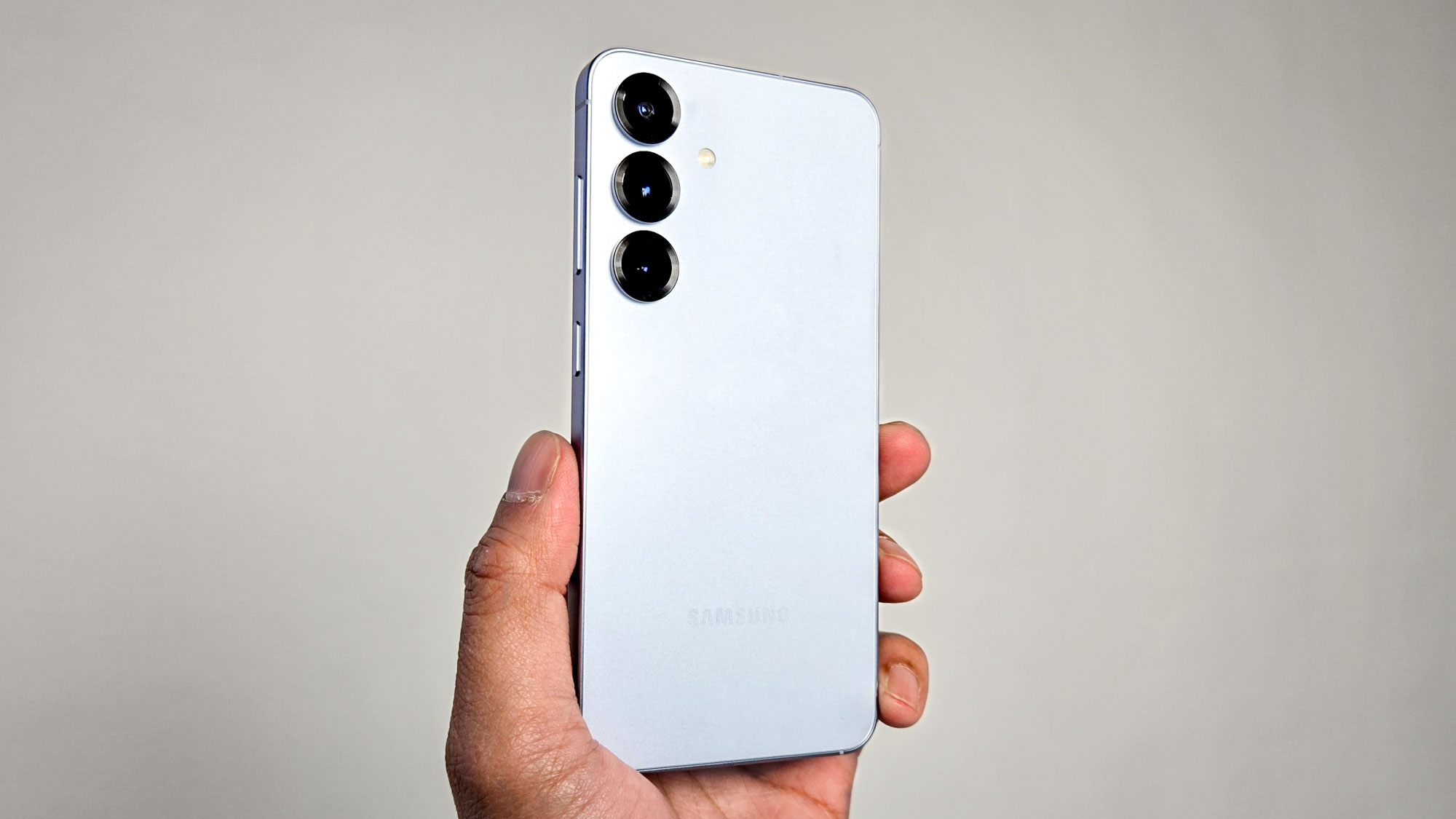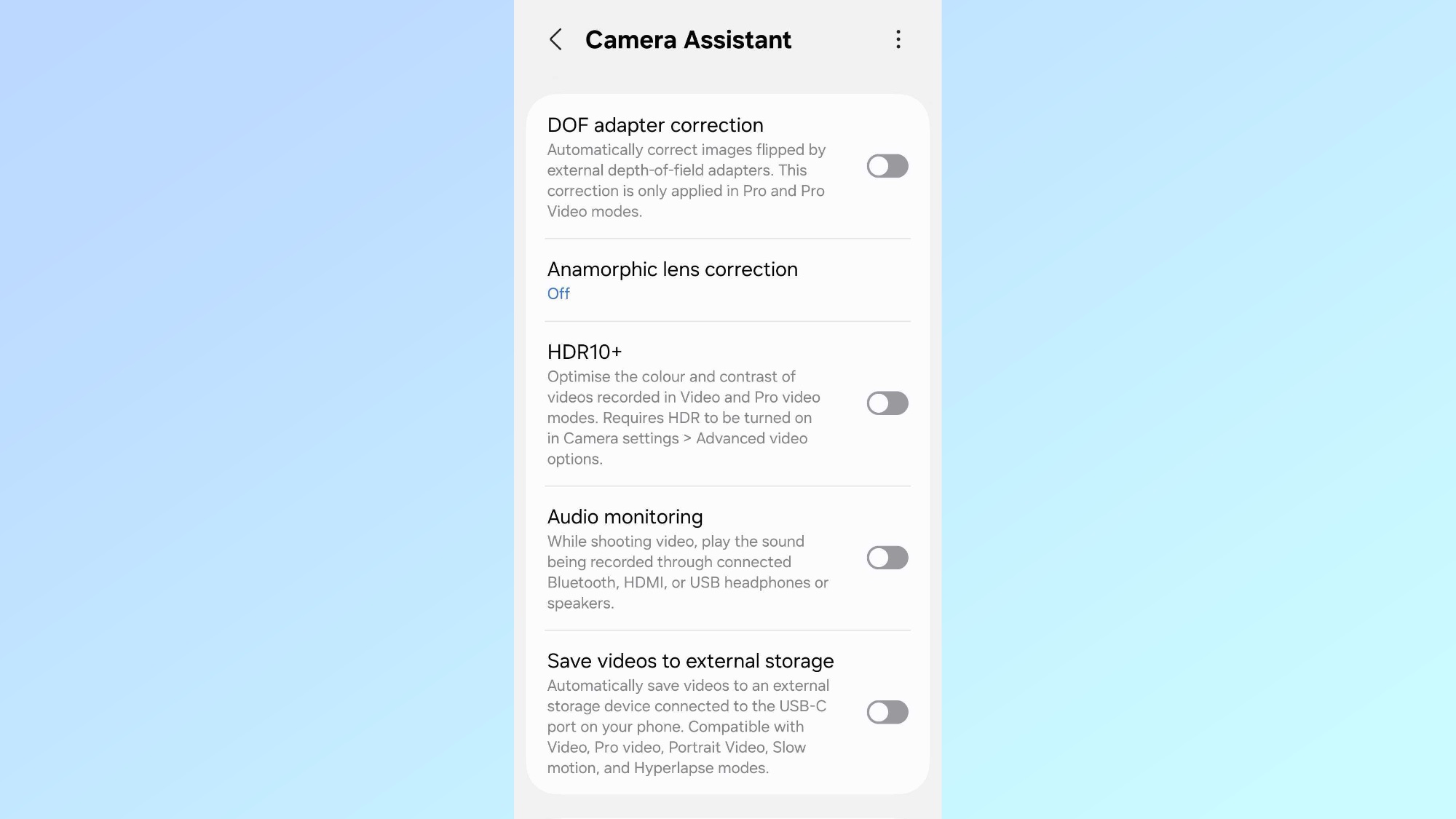
The more time goes on, the more similar smartphones seem to get — as phone makers add features that were originally unique to one of their rivals. All phone companies have done it, and now Samsung has added a helpful iPhone feature to the Galaxy S25 series.
When iPhone 15 switched to a USB-C connector, Apple also added an extra feature to the Pro models — the ability to record video directly to external storage. In fact, this particular feature was mandatory if you wanted to shoot ProRes footage at the full 4K 60fps quality and continued with the release of the iPhone 16 Pro.
Well, Samsung decided this was a great feature, and has brought it to Galaxy S25.
S25 Video recording gets a big boost

As spotted by leaker Ice Universe, the latest version of Samsung’s Camera Assistant app now lets users save videos directly to external storage.
According to a machine-translated screenshot shared, this particular feature is available for Video, Pro Video, Portrait Video, Slow Motion and Time Lapse modes. Which is pretty extensive, when you think about it.
We checked the Samsung Camera Assistant app for ourselves and confirmed the option to save videos to external storage is there. Oddly, this app isn't yet available on the Galaxy S25 Ultra.
Interestingly, this was technically possible on Galaxy phones before the S25, just not in the stock Samsung camera app. If you wanted to record directly to a USB-C drive, you needed to use a third-party camera app.
The Samsung Galaxy S25 also features the ability to record Log Video, which records a flatter video profile that gives professional videographers the option to better color grade videos in post. We're currently testing the Galaxy S25 and Galaxy S25 Ultra and will report back on how well this feature works.
A real time-saver
It sounds like Samsung's new S25 upgrade will be a big benefit for video editors, and avoid the hassle of transferring video files off their phone. If you’re going to be editing on a desktop or with a totally different platform, saving directly to an external drive cuts the phone out of the equation.
Getting even small files off your phone can be a hassle, especially if you want to avoid any kind of compression, so making it easier to move larger video files around should make power users happy.







